Join getAbstract to access the summary!

Join getAbstract to access the summary!
Peter Van Tassel
Merger Options and Risk Arbitrage
Federal Reserve Bank of New York, 2016
What's inside?
A targeted company’s options and stock pricing can reveal a great deal about the final outcome of a mergers and acquisitions deal.
Recommendation
Mergers and acquisitions of publicly traded companies are commonplace on Wall Street, however, not all deals make their way to the finish line. Many fall flat due to regulatory hurdles, financing complexities or valuation issues. Hedge fund managers and specialist traders use merger arbitrage to generate a profit based on the risk of a deal ultimately closing. Investors and analysts gauging the predictability of a corporate M&A success may find clues imbedded in the prices of the targeted stock as well as of its options, according to economist Peter Van Tassel, who pioneers the study of merger arbitrage in this heavily technical analysis. getAbstract suggests this advanced report on the nuances of M&A pricing and outcomes to trading specialists.
Summary
About the Author
Peter Van Tassel is a financial economist at the Federal Reserve Bank of New York.









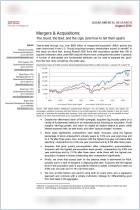
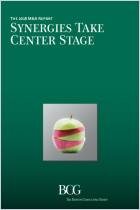
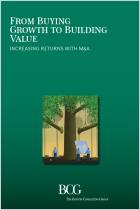
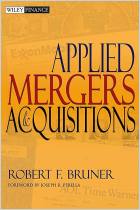
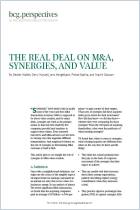
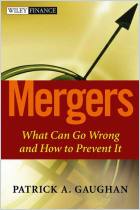








Comment on this summary